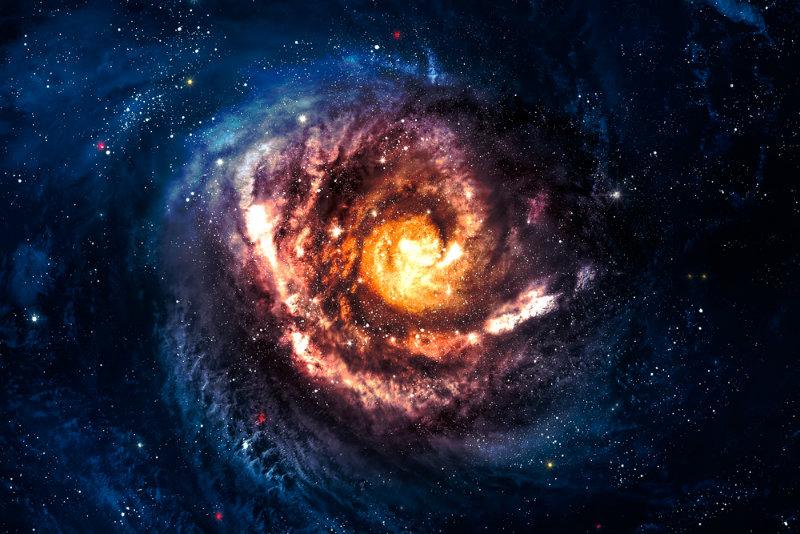If the Big Bang theory is just a “theory,” are there other hypothetical explanations for the origin of the known universe? Here is a simplified summary of three alternatives to the Big Bang theory.
Steady-State Universe
The universe is now, and always has been, essentially the same, according to the steady-state theory popular in the 1950s and 1960s. What about the apparent expansion of the universe observed by astronomers? Adherents to the steady-state theory said the universe may be expanding, but it will remain essentially the same. As the universe is spread thinner and thinner, they said, matter is continuously created out of nothing.
The steady state view faded out when the cosmic microwave background (CMB) was discovered. The CMB is said to the radiation from the Big Bang, and astronomers use it to discern how the known universe may have looked in its early days, or even its earliest fractions of a second. Steady-state adherents did not have an alternative explanation for CMB, according to a PBS summary of the theory.
Oscillating Universe
This theory does not deny the Big Bang, but rather states that there may have been many, consecutive Big Bangs. Between each Big Bang was a Big Crunch—a point at which the universe expanded to its limit and collapsed. The oscillation between genesis and destruction is also called the Big Bounce.
After studying the CMB, scientists say the universe may end in a “Big Freeze or Heat Death” rather than a Big Crunch, according to an article in Universe Today.
Chaotic Inflation
Stanford physicist Andrei Linde had questions the Big Bang theory couldn’t answer. Some of those questions were summed up in a 2007 Stanford Alumni magazine article: “What banged? Why did it bang when it did, and seemingly everywhere at once? What existed before it banged?”
The Big Bang may not have been a single event, but rather a scattered and irregular inflation, according to Linde. He developed his chaotic-inflation theory in the 1980s: expansions like that of the Big Bang could happen at any point in space where the right potential energy is available.
“We assumed that the entire universe was created at the same moment,” Linde said. “It wasn’t.”
Studies of the CMB in the 1990s showed variations of intensity, providing some supporting evidence for the chaotic inflation theory.
Linde said that, when viewed from an immensely broad perspective, the cosmos does not fit into the framework science has constructed. “Instead of a universe with a single law of physics, eternal chaotic inflation predicts a self-reproducing, eternally existing multiverse where all possibilities can be realized,” Linde said. “Parallel lines can intersect far enough away. The laws of physics can change. … We just can’t see it when they do. We’re ants on a vast balloon.”
*Image of a spiral galaxy via Shutterstock





